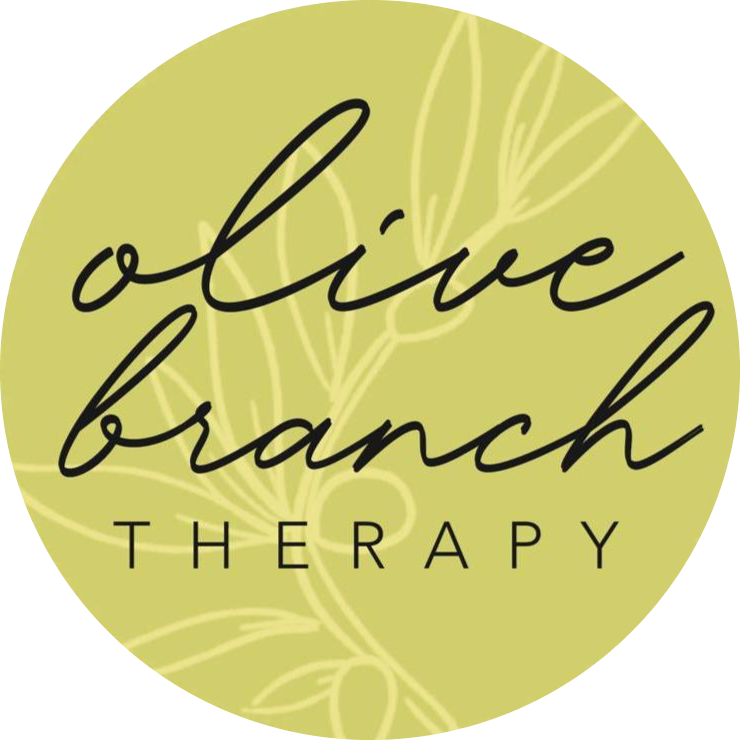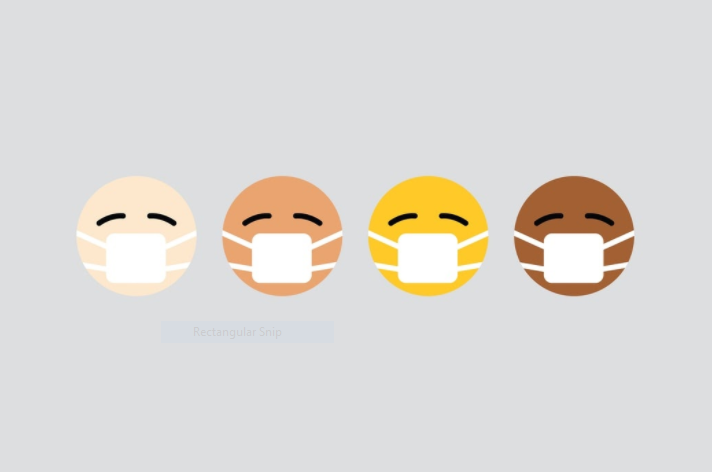Regardless of your choice, here are some things to consider that would help your family to be successful this school year:
- How can you create structure for your child? Children (and adults) learn, grow, and generally feel the best when they have a consistent schedule. This will not only be an investment in their academic health, but their emotional health.
- Consider creating a visual schedule for your child and put it on the fridge or somewhere else they can easily see. This can include pictures or even your child’s drawings of each block within the schedule. Sections to include in the schedule include:
- Morning routine – especially brushing teeth and eating breakfast.
- School – whether in person or virtual.
- Some form of movement – preferably at least an hour, and outdoors if possible. Ideas include doing yoga, walking, bike riding, roller skating, creating small structures with things they’ve found in nature, kicking a ball around, playing catch, dancing to a playlist or finding a dance along video to jam out to. Other ideas include doing this as a family and incorporating five-minute movement breaks between subjects.
- Creative time – practicing an instrument, drawing, reading, writing/collaging, listening to a kid’s book or podcast, pressing flowers or leaves, journaling, creating a story, singing.
- Reading time – with all the virtual time, it will be healthy for kids to pick up a physical book or comic book and read.
- Social time – kid’s social-emotional health, development and learning is just as important as their physical health. Emotional health and physical health are linked, and we must consider what our options are to help children feel socially nourished instead of starved.
- Dinner – preferably as a family in an age appropriate and safe way, include kids in the cooking and setting the table,
- Wind down routine before bed – shower, brush teeth, and possibly reading a book as a family
- Bed / Sleep
- Consider creating a visual schedule for your child and put it on the fridge or somewhere else they can easily see. This can include pictures or even your child’s drawings of each block within the schedule. Sections to include in the schedule include:
- If your school will require kids to wear a mask or if you’d like your child to wear a mask: have them practice wearing a mask while watching tv. Kids are less likely to complain because they want to watch tv and it distracts them. Just as your child practices a fire drill before there is a fire, we as adults in their lives have to prompt them to practice skills such as emotion regulation, and trying new things before there is something big they need to do.
- Let kids have a choice, if possible, on their mask. There are patterns that your child may be excited to pick out and wear, which will help the transition for them.
- Do not only allow kids to express frustration but prompt them to express emotions about the situation. Admit to them that this is very hard. Focus on empowering your child and allowing them to express their emotions and thoughts. Point out positive behavior that they are having. Remind them they can do hard things and that you are proud of them because we are asking them to do things we did not have to do at their age. Model how although it is frustrating for you too, you remind yourself that “this too shall pass” and we are doing hard things right now for the safety and health of all of our family, friends, and community. We make a difference and an impact, and we can choose to make a positive one.
- Add affirmations (positive self-talk) to the bathroom mirror so children can read them while they brush their teeth. These can include short empowering statements such as
- I am loveable and capable.
- I can do hard things when I try.
- My mistakes help me learn and grow.
- I can do it.
- I am a master problem solver.
- I am learning every day.
- I can ask for help when I need it and after I’ve tried.
- I do hard things to keep myself healthy, strong, and happy.
- Don’t be afraid to ask for help. Humans were not meant to take care of children on their own. We evolved raising children as a community, the phrase “it takes a village” is literally what is in our DNA. Modern life puts a lot of pressure on two parents and it’s unhelpful. Perfection is unachievable, but there is a lot of guilt that parents report.
Symptoms such as irritability, body tension, outbursts, shutting down, frequent headaches, frequent stomach aches, sleep disturbance, mood swings, low mood, hopelessness, sadness, anger, stress, and worry can be warning signs that your child is struggling.
Some of these symptoms are to be expected if there are lots of changes recently in their life, but if they are frequent or preventing your child from their normal day to day activities more days than not, such as completing school work, engaging in and enjoying play, adequate eating or sleeping behaviors, and talking with their peers (which may look like video chatting or phone calling friends while we are quarantined), then therapy can help.
- Before setting up your child’s first therapy session it’s important to do a few things so they can benefit the most out of it. Check Out Taking Your Child or Teen to Therapy blog post.
Click here for more information on Teen Therapy.
Joana Couto, LAC is a therapist at the Olive Branch Therapy Group. Joana works with children, teens, young adults and adults. Joana specialties include anxiety, life transitions, depression and trauma. If you are interested in working with Joana, contact us via email, phone or chat on our website.



